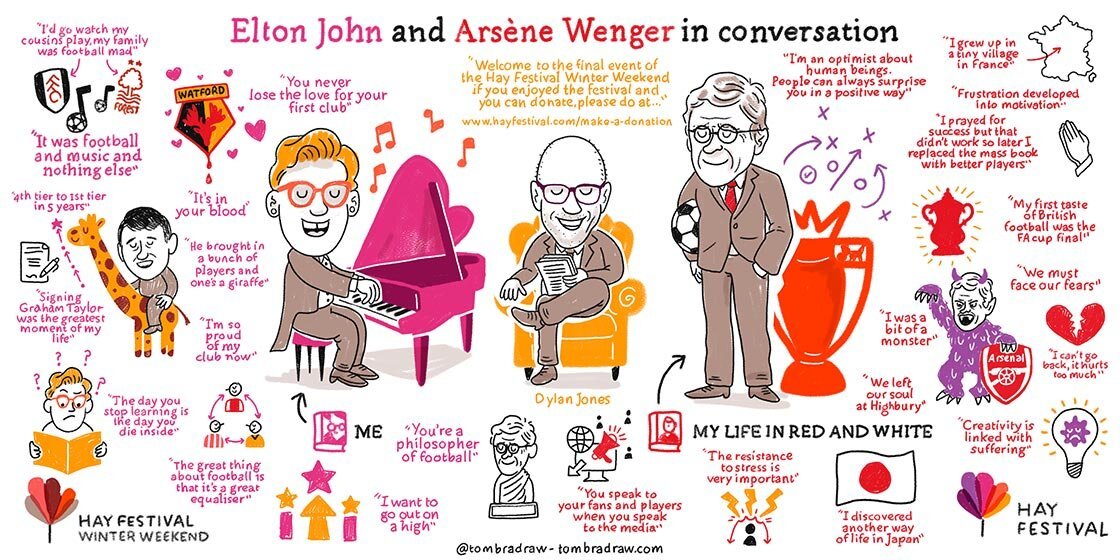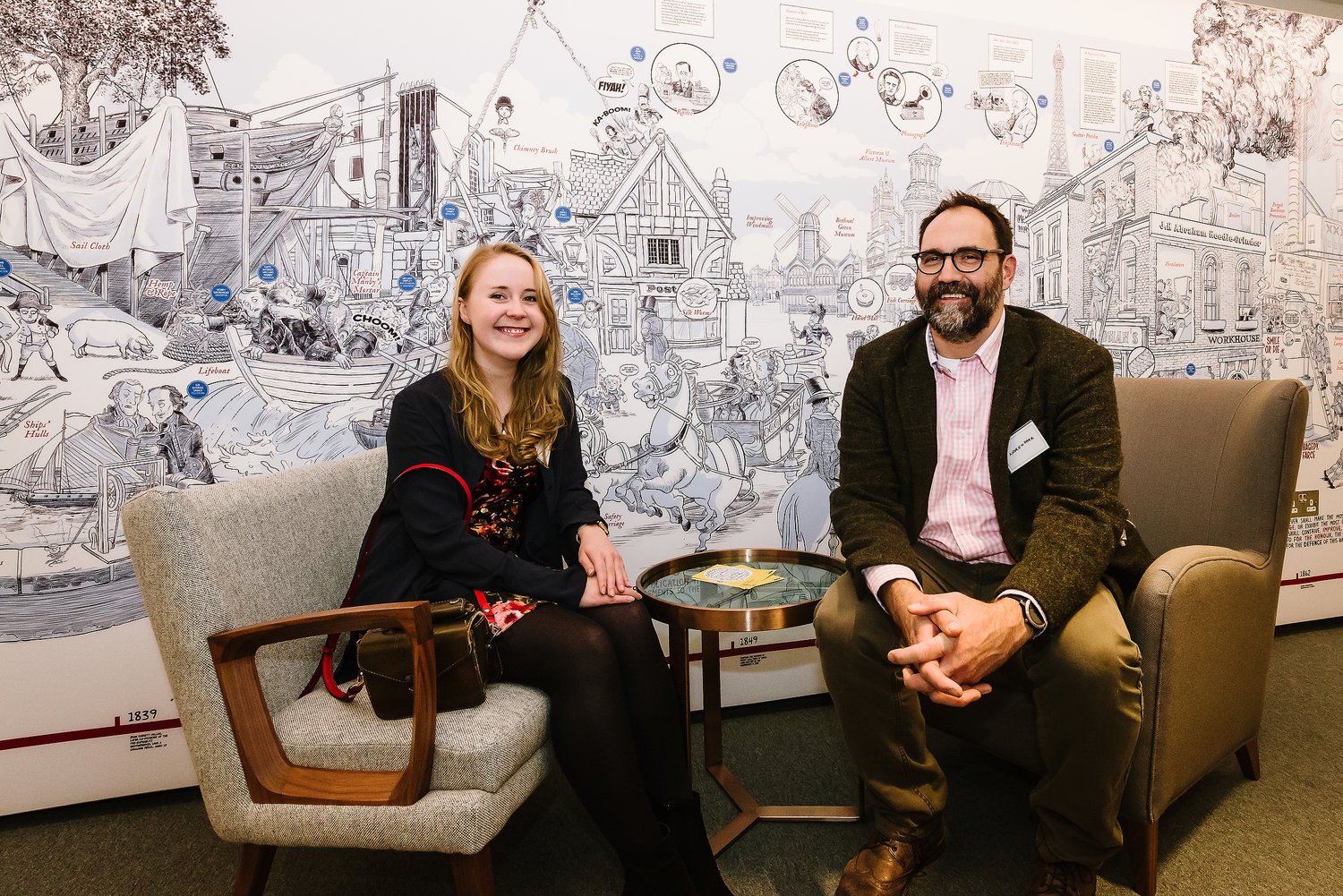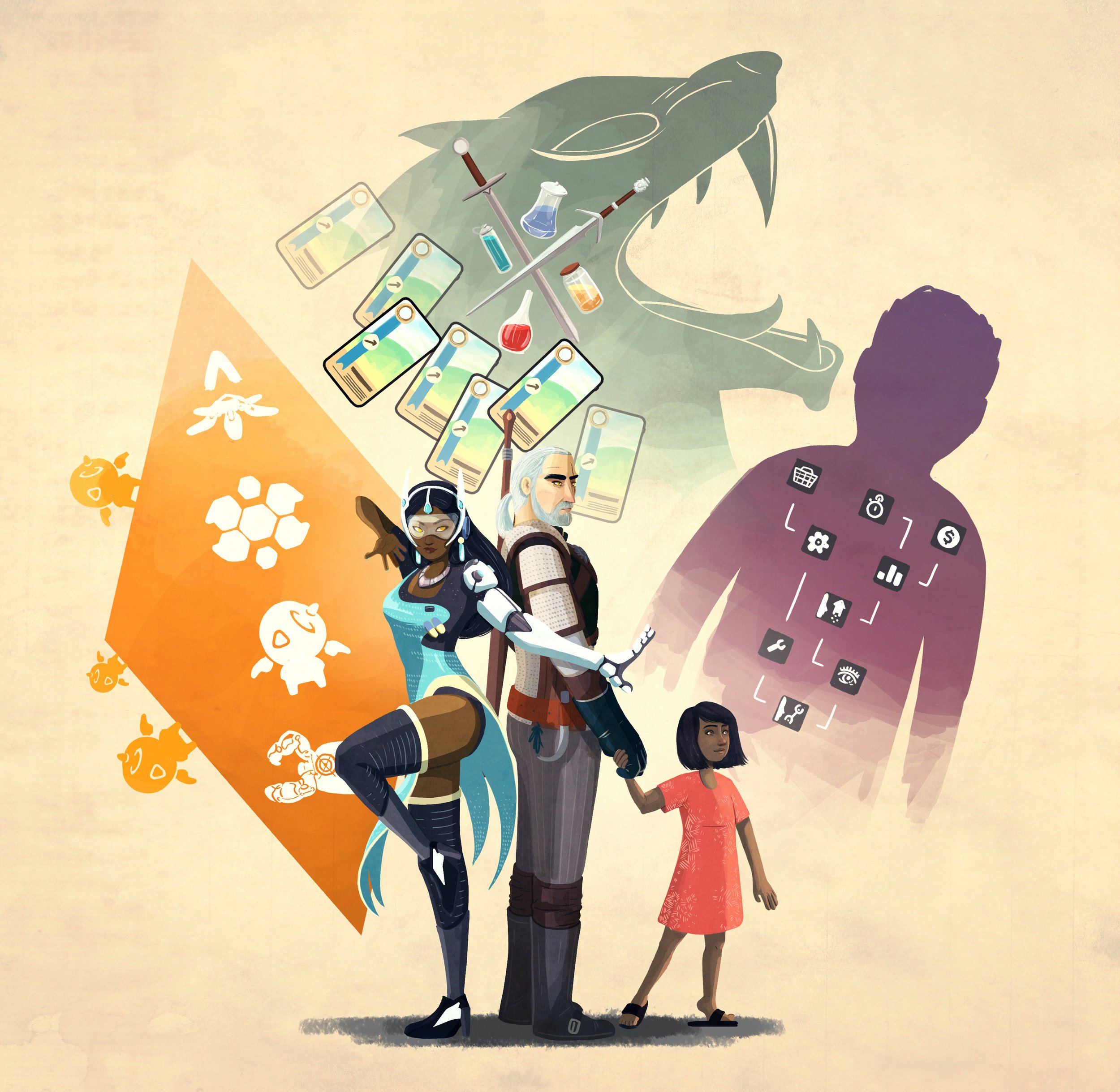
The Power of Pictures: How Early Storytelling Shapes Us
Often the very first books we encounter are picture books, our first introduction to the power of rich visual language. While our books change, the power of this language doesn’t. We’ve reflected on visual language, from picture books to explainer videos and whiteboard animation.

Professor Ray Laurence: Animation, History and University Research
Professor Ray Laurence talks about the ways translating his research into explainer videos with Cognitive has dramatically increased the reach of his work and triggered debate among people across the world.

2020: A year to remember, or maybe, to forget
It’s probably fair to say that not many people could have predicted the way 2020 has turned out if you’d asked them this time last year. It’s been a challenging year (to say the least), and we are truly honoured that in this climate of uncertainty, so many organizations have come to us with such great stories to supercharge!

Ideas, Animation and Society
This year the RSA have won in the Webby Awards’ animation category for their RSA Shorts series. To celebrate this achievement, we asked the RSA’s Mairi Ryan and Abi Stephenson about the series and sharing ideas more broadly.

Ideas, Animation and the Creative Process
The RSA has won a Webby Award for their RSA Shorts series, which has been running since 2012. We asked Animator and co-founder of Superdoodle Katy Ross about the experience of creating RSA Shorts.

The RSA Shorts Series wins at the Webbys!
Recently we heard the excellent news that RSA have won a Webby Award, described by the New York Times as as ‘the Internet’s highest honor’.

260 Years of History in 11 Metres
Condensing more than 260 years of history into one mural is no mean feat. In this post Cognitive founder and mural artist Andrew Park talks about the experience of creating it and the events he and RSA Historian Anton Howes have held.

Sketchnote Diaries: Visual Thinking Superchargers
To keep our team at the height of their visual thinking and storytelling abilities, we asked them to keep sketchnote diaries. These are an amazing way to practice the highly crafted elements that go into our whiteboard animations.

What is Whiteboard Animation? The 9 techniques that make it work
Whiteboard animation is able to create powerful, engaging, memorable and bespoke films. This blog post looks at the nine techniques that allow whiteboard animation to work so well.

Why does whiteboard animation work so well?
Senior Creative Kayle McLeish talks about what makes Whiteboard Animation such an effective tool for creatives that make explainer films, comparing it to a Swiss Army Knife.

Professor Ray Laurence: Animation, History and University Research
Professor Ray Laurence talks about the ways translating his research into explainer videos with Cognitive has dramatically increased the reach of his work and triggered debate among people across the world.

Visualising and explaining Prof. Stephen Hawking's Supertranslations theory
Black Holes might not seem to be visually engaging at the outset. Ultimately there’s not a lot to work with when you think of a hole that swallows light so nothing can be seen. But for Cognitive this is exactly the sort of challenge we love. Hear from Andrew Park about how he and the team visually translated Prof Hawking’s final Black Hole theory of Supertranslations.

Creating appealing characters – Simplify and exaggerate!
A lot of the time, we use characters to help aid with our storytelling which is why, as an Illustrator, I often study figures in real life.

Stages of Samatha - Visualisation and Metaphor
It is interesting to see how the fundamental tools we use everyday at Cognitive, such as mapping out a story arc or using a metaphor to simplify and explain a complex idea, can be used in the pursuit of mental and spiritual improvement.

When pictures really are worth a thousand words
At Cognitive we tell stories. If you want to remember a message then storytelling is the best vehicle to do this. Our brains are far more engaged by stories than lists of facts and figures.

Character Development in Gaming
Powerful storytelling in games is a key feature for creating a world that players can immerse themselves in. Broaching a variety of difficult subject matters, interactive software has increased it’s suitability and accessibility to a wider audience and it’s fair to say the gaming world has expanded its horizons exponentially, giving it’s creative fantasy world a fundamental core of all-too-real issues.

Capturing the essence of someone
In a lot of our Cognitive films, we are required to draw a public figure within the animation, whether it be a celebrity or a company employee. In this blog one of our brilliant illustrators takes us through the steps to creating an uncanny portrait.

Storytelling - It starts with a great script
At Cognitive we are ultimately a company of visual thinkers. We use pictures and images to supercharge stories for our clients, but that is literally only half of the story, it's not the whole picture!

